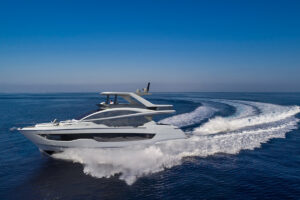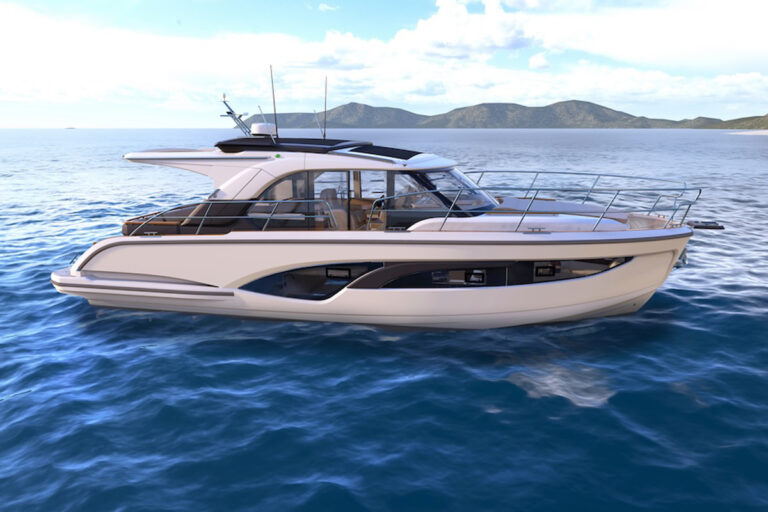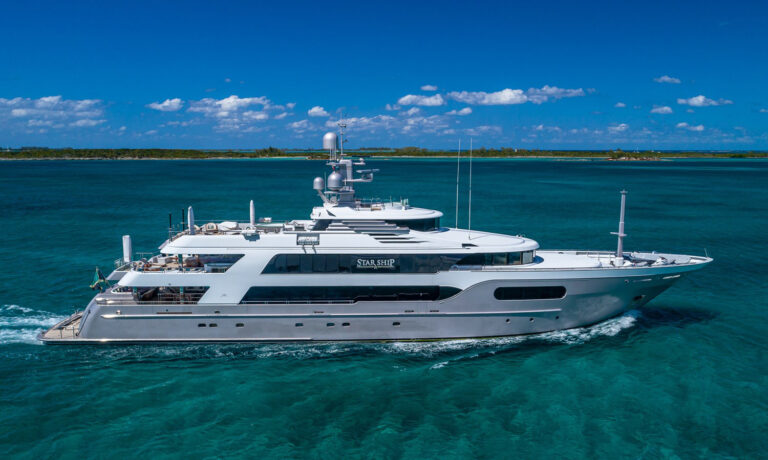
The year was 1907. Congress raised its salaries to $7,500. Teddy Roosevelt shook 8,513 hands in one day. (Who was counting?) The 91-foot, Norwegian-built, whaling ship Gunnar Hamundarson launched from the Nyland Versted yard. And Yachting Magazine debuted. The whaling ship, still floating today (and currently for sale), has enjoyed an impressive history, from her original use to being a private yacht for the chairman of King Oscar sardines to serving as a World War II patrol boat to having her current charge as a coastal freighter. To survive and thrive, the ship has completed nine refits and morphed with the times — much akin to how Yachting has had an impressive history and evolved to remain the go-to source for on-the-water enthusiasts.
“Today, yachting is a magazine, a website processing a million page views monthly and a social media brand with 267,800 followers.”
In our inaugural issue, Yachting‘s top stories included a cutting-edge feature on the development of the powerboat. We also ran an engaging lifestyle piece on successful American yacht clubs, covering the sport’s spectrum. By 1957, we were running reports on “Outboard Yachting” and how-to columns on electrical systems, as well as features on such topics as dispatching the myth that Elizabethan-era ships were “tubs.” (Imagine the Twitter war that would start today.) And keeping in line with our brand DNA, we went in-depth on the history of the 12-meter sailboat.
By 2007, Yachting had hit the century mark. Technology had evolved to influence yachtbuilding as well as the way we delivered information, including on the Web. One of our big stories was the use of four pod drives — still relatively new technology — to propel a 75-foot yacht across the sea. We’d come a long way from arguments about Elizabethan-era ships. And like Gunnar Hamundarson, we’d had our fair share of refits to morph with the times.
Here we are: Issue No. 1321. Today, Yachting is a magazine, a website processing a million page views monthly and a social media brand with 267,800 followers (and growing). Our stories? How carbon fiber and virtual reality are driving yacht design, and our take on an unusual cruising destination: the Columbia River Gorge.
Wherever the future of this sport goes, we’ll be there, sharing our passion for this pastime with you.










